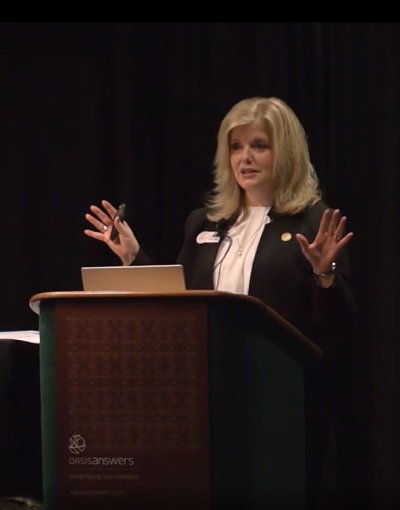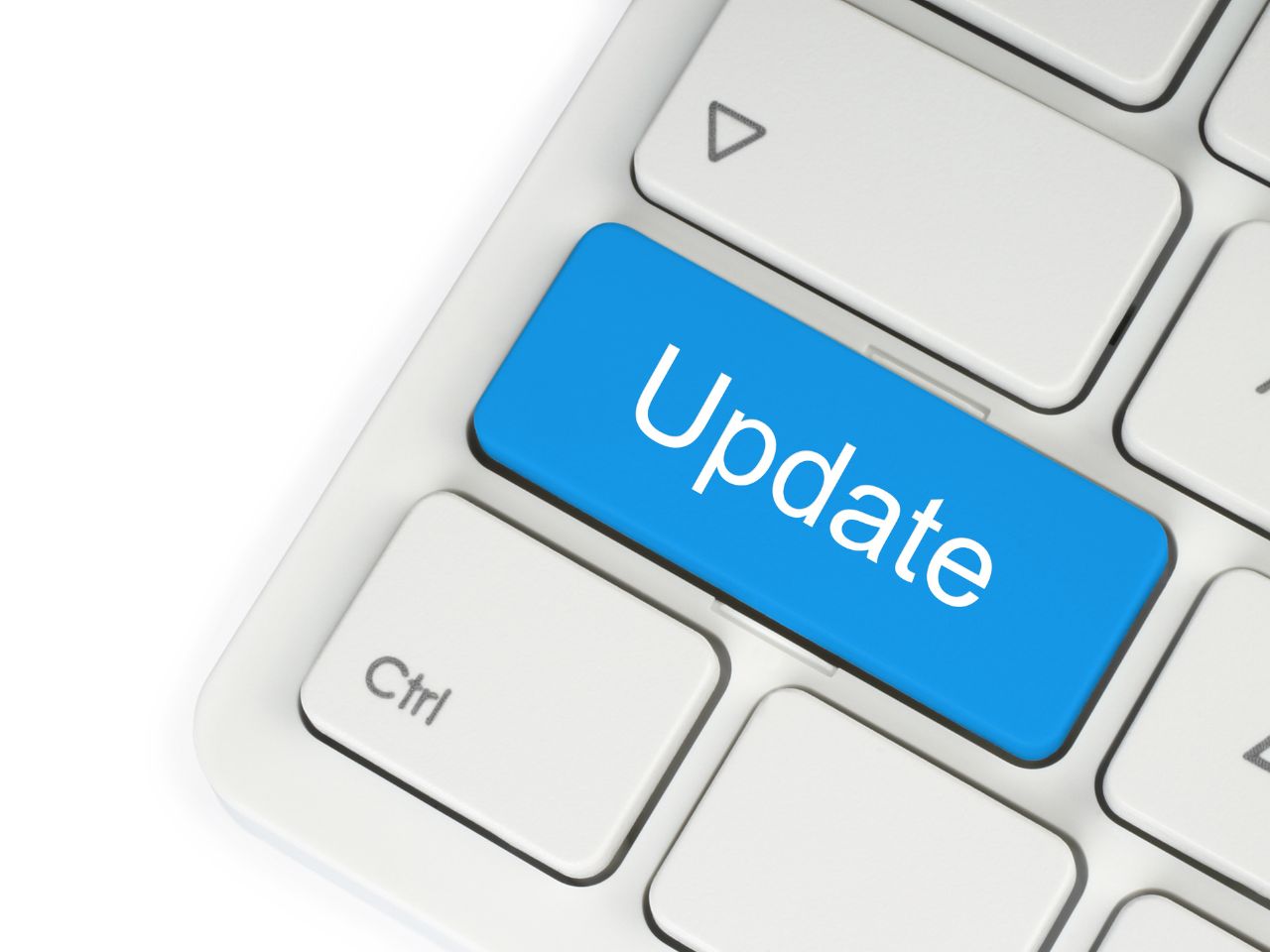by Lori Marmon PT, MBA, COS-C
Section C: Cognitive Patterns in the OASIS-E Guidance Manual contains response specific instructions for nine items that assess cognitive function. Within those nine items are three that are used in quality measure calculation in terms of inclusion or exclusion from many of the OASIS-based outcome quality measures: M1700-Cognitive Functioning, M1710-When Confused, and M1720-When Anxious.
Starting with M1700- Cognitive Functioning, home health providers are identifying, on the day of assessment, the level of cognitive functioning, including alertness, orientation, comprehension, concentration, and immediate memory for simple commands. For this item, the assessing clinician can consider the amount of supervision and care required due to the cognitive deficits and consider the cognitive dysfunction observed during the visit as well as what may have occurred over the preceding 24 hours.
Based on that information, the coding response is selected and if the patient is coded with Response 4-Totally dependent due to disturbances such as constant disorientation, coma, persistent vegetative state, or delirium then that patient would “trigger” for exclusion for the OASIS based outcome quality measures.
Next, looking at both M1710- When Confused and M1720-When Anxious, home health providers are identifying the time of day or situations when the patient experienced confusion for M1710 and the frequency with which the patient has felt anxious for M1720. For these items, clinicians are to consider what they both observe or what is reported over the last 14 days.
Understanding the time period under consideration for these items is critical for accurate coding in cases where on the day of assessment a patient may be non-responsive.
For these items non-responsive means the patient is unable to respond or the patient responds in a way that you can’t make a clinical judgment about the patient’s level of orientation or level of anxiety. This is not a patient that is uncooperative or refuses to answer questions.
For these items the assessing clinician can interview the patient and/or the caregiver and can review the referral information as well. This is useful as the response is to assess specifically over the past 14 days and not just the day of assessment. So even in cases, where perhaps the patient did meet the above definition of non-responsive on the day of assessment, we would want to review the medical record, referral information and interview the caregivers to assess the patient’s status over the last 14 days as well to meet the intent of the item for accurate coding and data collection.
If the patient is nonresponsive at the time of assessment or the information cannot be elicited from the caregiver or other source over the last 14 days for items M1710 and M1720, then Code NA, Patient nonresponsive. Coding NA in M1710 or M1720 would exclude that quality episode from many of the OASIS based outcome quality measures.
Logically, it would make sense that if a patient was in a “persistent vegetative state” or unresponsive in a way that you cannot make a clinical judgement about their level of orientation that this does not represent a patient with an optimal potential for recovery or improvement and would therefore be excluded from the OASIS based outcome measures.
Where agencies and providers want to exercise caution, is when patients are erroneously excluded from measure calculations because of a misunderstanding of the guidance and the coding of the responses for these cognitive items. Opportunities for improvements in quality measures may then be missed due to inaccurate OASIS coding.
Accurately assessing and coding these cognitive items allows for quality data collection and optimal reporting of agency quality performance. Working through the guidance for these OASIS items for a clearer understanding of accurate coding may offer additional positive benefits for agencies as these items are often overlooked in terms of their quality measure impact.
To learn more about OASIS accuracy, consider attending an upcoming Blueprint for OASIS Accuracy 2-day workshop with many locations available nationally.
___
Stay up to date on new CMS information related to HHVBP and OASIS accuracy.
- Follow OASIS Answers on Facebook, Instagram, or LinkedIn
- Sign up for our email list for regular updates and resources








